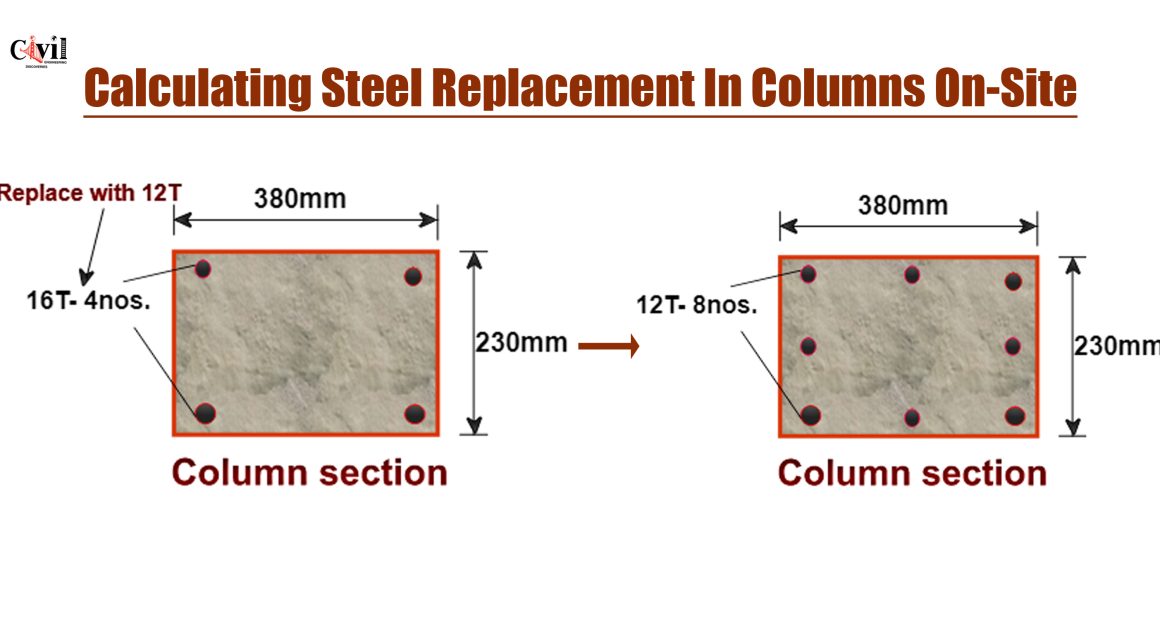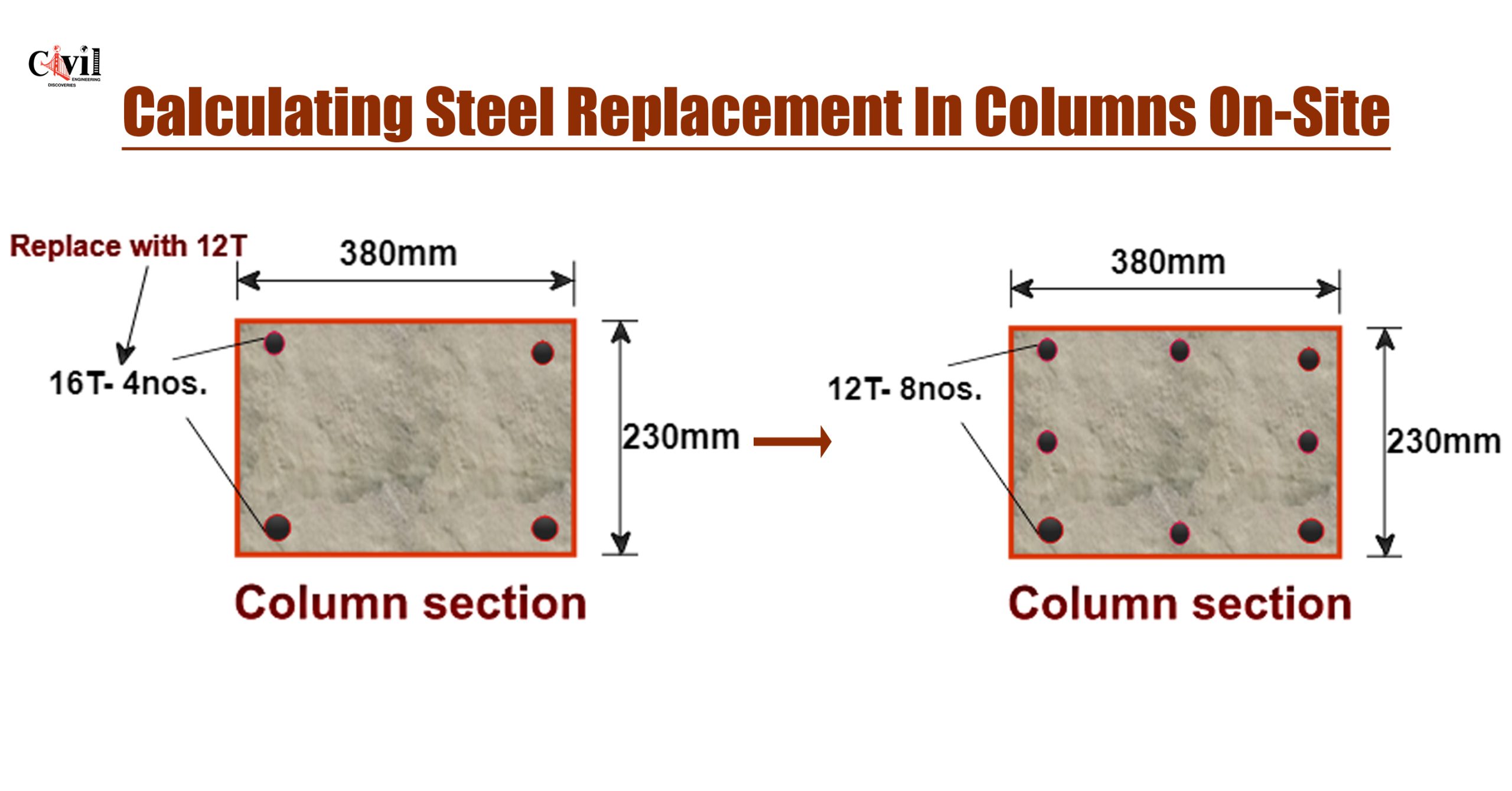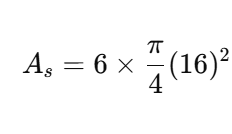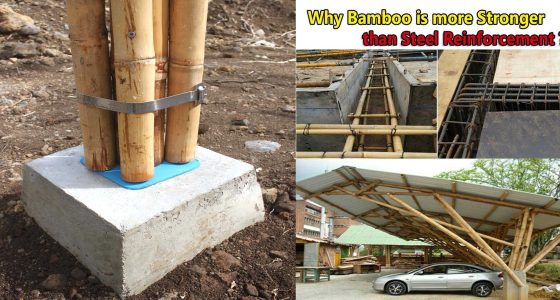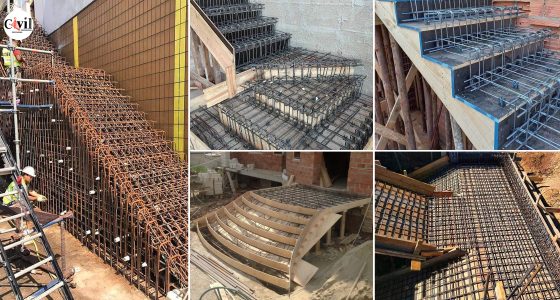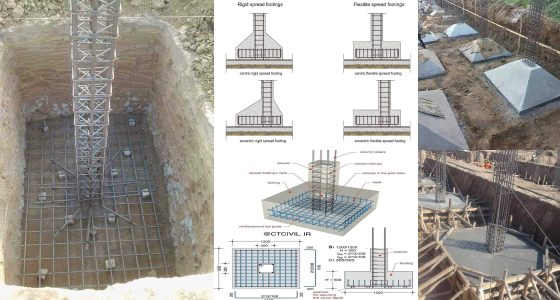When replacing or changing the diameter of reinforcement bars in a column on-site, you must ensure that the structural integrity and load-bearing capacity remain unchanged. Here’s how you can calculate the steel replacement and adjust the reinforcement:
1. Check the Original Reinforcement Details
Identify the number of bars, diameter, spacing, and steel grade from structural drawings.
Calculate the total area of steel (A_s) originally provided using the formula:
where:
- n = number of bars
- d = diameter of bars (mm)
2. Determine the Required Replacement
If you need to increase or decrease the diameter, maintain the same total area of steel. The new reinforcement should satisfy:
- Solve for the new number of bars and diameter:
3. Selection of New Bar Diameter
- Choose a commercially available bar diameter (e.g., 10mm, 12mm, 16mm, 20mm, 25mm, etc.).
- Solve for nnewn_{new} based on the selected diameter.
4. Verify Spacing and Cover
- Ensure the new reinforcement maintains minimum spacing and clear cover requirements per the structural code (e.g., IS 456:2000, ACI 318).
- Check that bar congestion does not occur, which may affect concrete placement.
5. Revalidate Structural Capacity
- Confirm that the new reinforcement configuration meets axial and bending moment requirements.
- Check that the column strength, buckling resistance, and serviceability remain adequate.
6. Approval and Execution
- Get approval from the structural engineer before proceeding.
- Use mechanical couplers or lap splicing if replacing bars partially.
Example Calculation:
Original bars: 6 bars of 16mm diameter
New bar option: 12mm bars
Original steel area:
1206.37 mm2
For 12mm bars:
Thus, 11 bars of 12mm can replace 6 bars of 16mm while maintaining the same steel area.
Click Here To See How To Calculate The Load Carrying Capacity Of A Column | Design Of RCC Column
